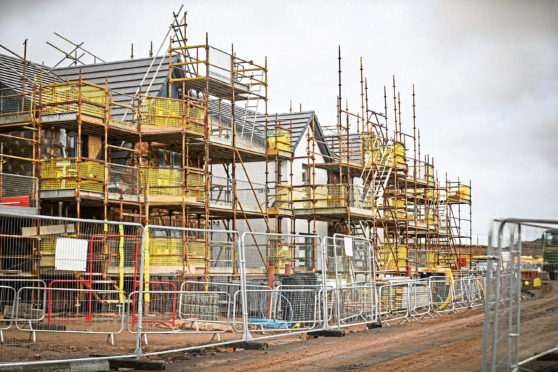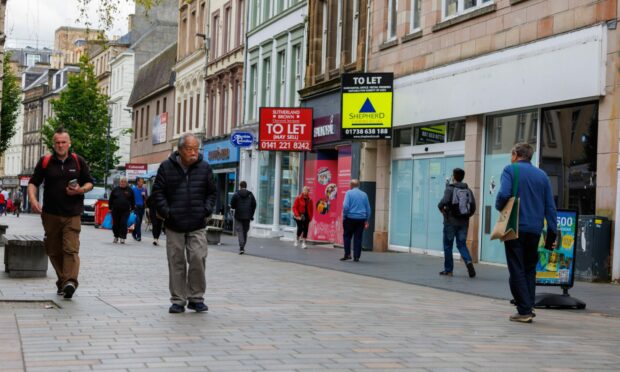September brought the seventh consecutive month of job cuts for small businesses across the UK, despite a modest uptick in demand according to newly released data.
September brought the seventh consecutive month of job cuts for small businesses across the UK, despite a modest uptick in demand according to newly released data.
The Royal Bank of Scotland PMI report which monitors the performance of private sector firms with fewer than 49 staff, showed UK small businesses saw activity rise again in September as demand showed further signs of picking up following the record downturn in the spring.
Rising housing market activity, the reopening of manufacturing supply chains and stock replenishment were all factors contributing to the steady rise in output levels among small businesses across the period.
However, small businesses continue to trail behind their larger counterparts in the speed of recovery.
Small construction firms saw a third straight monthly improvement in activity marking a sustained recovery in output levels following the record downturn during the second quarter.
Despite small building companies reporting a boost to activity from house building and general property development, their growth performance was slightly sub-par compared to the construction sector as a whole.
The data also shows small UK construction companies facing intense competition for new work amid some reports of overcapacity in the sector.
They reported lower order book volumes for the second month in a row in September while employment at small building firms fell for the eighth month in a row, although Small enterprises also showed less willingness to cut payroll numbers than their larger counterparts.
In manufacturing, small businesses recorded a further increase in output during September, although, producers with fewer than 50 staff recorded a notably softer expansion in output than large manufacturers across the period.
Small goods producers also saw another sharp reduction in staffing levels, with redundancies frequently cited by manufacturers, reflecting concerns about the longer-term demand outlook.
Vendor performance deteriorated for the thirteenth straight month in September, with lead times lengthening to the greatest extent since June.
According to survey respondents, stock shortages and logistics issues were more common among suppliers during September and stretched supply chains contributed to a further increase in cost burdens faced by small manufacturing firms.
In the service sector, optimism dipped as the data signalled a further reduction in staffing levels in small service providers, mentions of redundancies, lay-offs and company restructuring, alongside reports that firms were not replacing voluntary leavers.
Andrew Harrison, head of business banking at RBS, said: “There are reports of stretched supply chains, fierce competition and Brexit is starting to come through as a concern for small businesses.
“However, the business outlook seen by small firms for the next 12 months remains positive, albeit slightly muted, so there are still underlying signs of optimism challenging.”










